Sharpen Your Academic Listening Skills
Welcome to your listening practice session! In international exams, you’ll often encounter academic lectures like this one. Success here isn’t just about understanding words; it’s about understanding structure. As you listen, practice these key skills:
- Listen for Signposts: Professors use “signposting language” to guide you. Pay close attention to words and phrases like “First,” “In contrast,” “A key characteristic is,” and “To summarize.” These are clues to the lecture’s structure and help you organize your notes.
- Predict and Anticipate: Before you even listen, think about the topic: “Magical Realism.” What do you expect to hear? Your brain is more likely to catch information it’s already prepared for.
- Focus on the Main Idea: Don’t get lost trying to understand every single word. If you miss something, keep listening! Your main goal is to grasp the professor’s core arguments. Try to summarize the main point of each section as you listen.
Ready? Let’s begin.
Anticipating the Topic: A University Lecture on Magical Realism
Today, you will hear a university professor deliver a lecture on a literary genre called “magical realism.” Expect to hear definitions, historical context, key features, and examples from famous books. Listen for how the professor distinguishes it from other genres, like fantasy.
Key Vocabulary and Phrases
Here are some advanced words and phrases from the lecture. Understanding them will help you follow the main points.
Genre: A style or category of art, music, or literature.
How we used it: “Good morning, everyone. Today, we delve into a literary genre that is as enchanting as it is misunderstood: magical realism.”
Juxtaposes: To place different things side by side to compare them or create an interesting effect.
How we used it: “It’s a narrative mode that juxtaposes the mundane with the fantastic…”
Mundane: Lacking interest or excitement; dull. Very ordinary.
How we used it: “…it juxtaposes the mundane with the fantastic, presenting supernatural events in a completely matter-of-fact way.”
Ethereal: Extremely delicate and light in a way that seems too perfect for this world; otherworldly.
How we used it: “The magical elements are not presented as strange, shocking, or ethereal.”
Dichotomy: A division or contrast between two things that are or are represented as being opposed or entirely different.
How we used it: “This lack of a clear dichotomy between the real and the magical is the absolute cornerstone of the genre.”
Verisimilitude: The appearance of being true or real.
How we used it: “The world itself is grounded in a powerful sense of verisimilitude; it feels completely real…”
Seminal: Strongly influencing later developments; groundbreaking.
How we used it: “The most seminal work, the one that truly brought magical realism to global fame, is Gabriel García Márquez’s 1967 masterpiece, One Hundred Years of Solitude.”
Permeates: To spread throughout something; to pass through.
How we used it: “It’s a heavy, almost tangible sense of history that permeates the narrative.”
Uncanny: Strange or mysterious, especially in an unsettling way.
How we used it: “It’s this uncanny blend that forces the reader to question their own perception of reality.”
Critique: A detailed analysis and assessment of something, especially a literary, philosophical, or political theory.
How we used it: “This brings us to another crucial characteristic: the use of magical realism as a form of social and political critique.”
Interwoven: To twist or weave things together.
How we used it: “The personal fates of the Buendía family are deeply interwoven with the political history of Colombia.”
Tangible: Clear and definite; real. Something that can be touched.
How we used it: “It’s a heavy, almost tangible sense of history that permeates the narrative.”
Listening Audio
Listening Transcript: Please do not read the transcript before you listen and answer the questions.
Good morning, everyone. Today, we delve into a literary genre that is as enchanting as it is misunderstood: magical realism. Now, when you hear the word “magic,” your mind likely leaps to the realm of fantasy—to dragons, wizards, and entirely separate worlds governed by supernatural laws. This is a common and understandable starting point, but it’s one we must set aside today. Magical realism is not fantasy. In fact, its power comes from its profound and unwavering commitment to the real world.
So, what is it, precisely? At its core, magical realism is a narrative mode that juxtaposes the mundane with the fantastic, presenting supernatural events in a completely matter-of-fact way. Imagine reading a story set in a familiar, gritty, realistic village, where the characters are dealing with everyday problems like poverty, love, and political strife. Then, a character casually floats into the air, or a river of blood flows from a house and through the streets, and no one in the story bats an eye. The narrator reports these impossible events with the same calm, objective tone used to describe someone making coffee. The magical elements are not presented as strange, shocking, or ethereal. They are treated as ordinary, an integrated part of reality. This lack of a clear dichotomy between the real and the magical is the absolute cornerstone of the genre.
To understand its origins, we need to look back to the early 20th century. The term was first coined not for literature, but for art. In 1925, the German art critic Franz Roh used the term Magischer Realismus to describe a style of painting that depicted reality with an eerie, dreamlike clarity. However, the term truly took root in literature in Latin America around the 1940s. Cuban writer Alejo Carpentier spoke of “lo real maravilloso,” or “the marvelous real,” to describe a kind of heightened reality in Latin America where the improbable and the miraculous seemed to be a part of everyday life, woven into the continent’s history, geography, and culture.
This geographical and cultural context is vital. Magical realism is often inextricably linked to post-colonial societies, particularly in Latin America. It emerged as a powerful tool for writers to represent a reality that was, in itself, surreal. The history of the continent—marked by colonialism, political upheaval, and the blending of indigenous myths with European traditions—was often too complex and strange to be captured by traditional literary realism. How do you realistically write about a world where ancient myths live alongside modern technology, where political promises are so absurd they sound like fiction, and where violence and beauty exist in such close proximity? Magical realism provided a language for that experience.
Let’s outline some key characteristics. First, as I’ve mentioned, there’s the realistic setting. The world itself is grounded in a powerful sense of verisimilitude; it feels completely real, often with specific historical, geographical, and social details. Second, the magical elements are presented as logical and normal. Characters accept the supernatural without question. This is crucial. If the characters were surprised, it would turn into a fantasy or horror story. Their acceptance is what makes it magical realism. Third, there is often a strong presence of the sensory and the tangible. Descriptions are rich and detailed, appealing to all five senses, which helps to ground the fantastical events in a believable, physical world.
Fourth, there is often a unique treatment of time. Time might be cyclical rather than linear. Events from the past might physically manifest in the present, or future events might be known in advance. This disrupts the conventional flow of narrative and suggests a world where past, present, and future are not so neatly separated.
This brings us to another crucial characteristic: the use of magical realism as a form of social and political critique. By embedding impossible events within a realistic portrayal of society, authors can subtly or overtly comment on political power, social inequality, and historical trauma. The magical elements can become metaphors for the absurdity of power, the persistence of folklore, or the unspoken wounds of a nation.
Of course, we cannot discuss this genre without mentioning its key figures. The most seminal work, the one that truly brought magical realism to global fame, is Gabriel García Márquez’s 1967 masterpiece, One Hundred Years of Solitude. This novel tells the story of the Buendía family over several generations in the fictional town of Macondo. In Macondo, we see insomnia plagues that cause memory loss, a young woman who ascends to heaven while folding laundry, and ghosts who are treated as regular members of the family. García Márquez never explains these phenomena. They are simply part of Macondo’s reality. And through this incredible tapestry, he tells the story of Latin America. The personal fates of the Buendía family are deeply interwoven with the political history of Colombia, including civil wars and corporate exploitation. It’s a heavy, almost tangible sense of history that permeates the narrative.
Another giant of the genre is Isabel Allende. Her novel, The House of the Spirits, follows the Trueba family in an unnamed Latin American country that strongly resembles her native Chile. The family matriarch, Clara, has clairvoyant powers. She can predict the future, communicate with spirits, and move objects with her mind. Again, these abilities are presented as a natural part of her character, not as some kind of superpower. Allende uses Clara’s spiritual world to explore themes of memory, fate, and political oppression, especially during the rise of a brutal dictatorship in the novel.
It’s important to note that while its roots are firmly in Latin America, magical realism has become a global phenomenon. Authors like Salman Rushdie in India, with his novel Midnight’s Children, and Toni Morrison in the United States, with Beloved, have masterfully adapted its techniques to explore their own cultural and historical contexts. Rushdie uses it to narrate the birth of modern India, while Morrison uses it to confront the legacy of slavery.
In conclusion, magical realism is far more than just “fantasy in the real world.” It is a sophisticated literary mode that challenges our very definition of reality. It dissolves the barrier between the ordinary and the extraordinary, the historical and the mythical. By accepting the fantastic as plausible, it creates a world where anything is possible, which in turn allows it to explore the complexities of human experience, history, and society in ways that strict realism cannot. It’s this uncanny blend that forces the reader to question their own perception of reality and to see the magic that might be hidden just beneath the surface of our own mundane lives. Thank you.
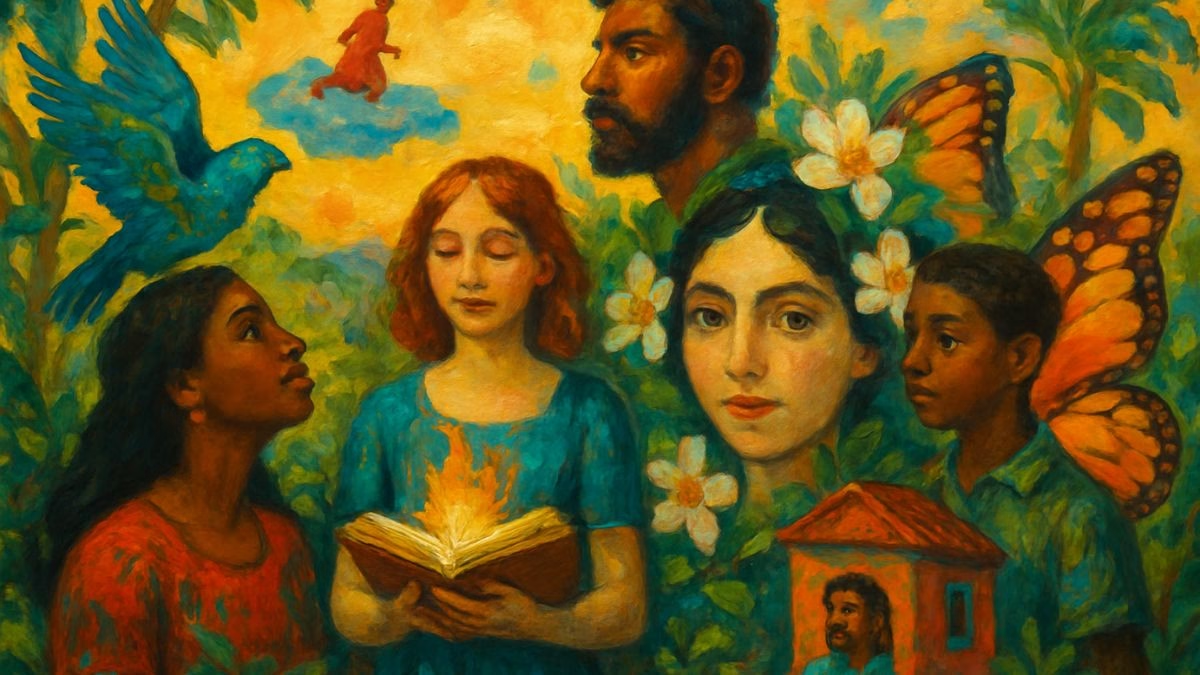


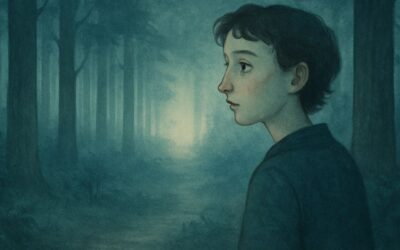

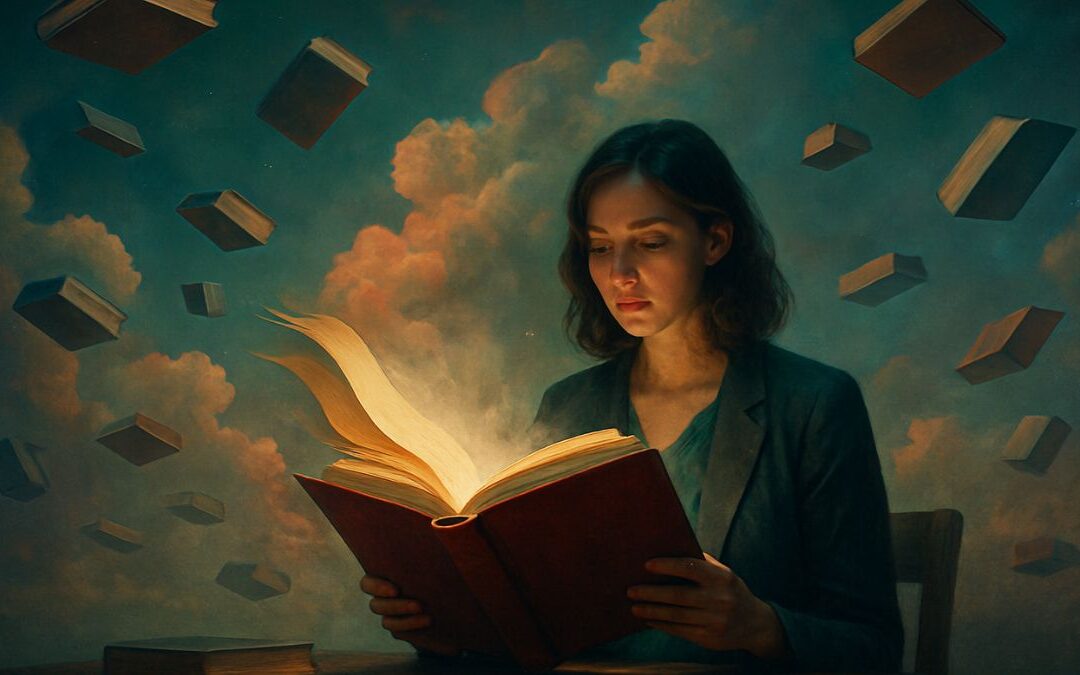
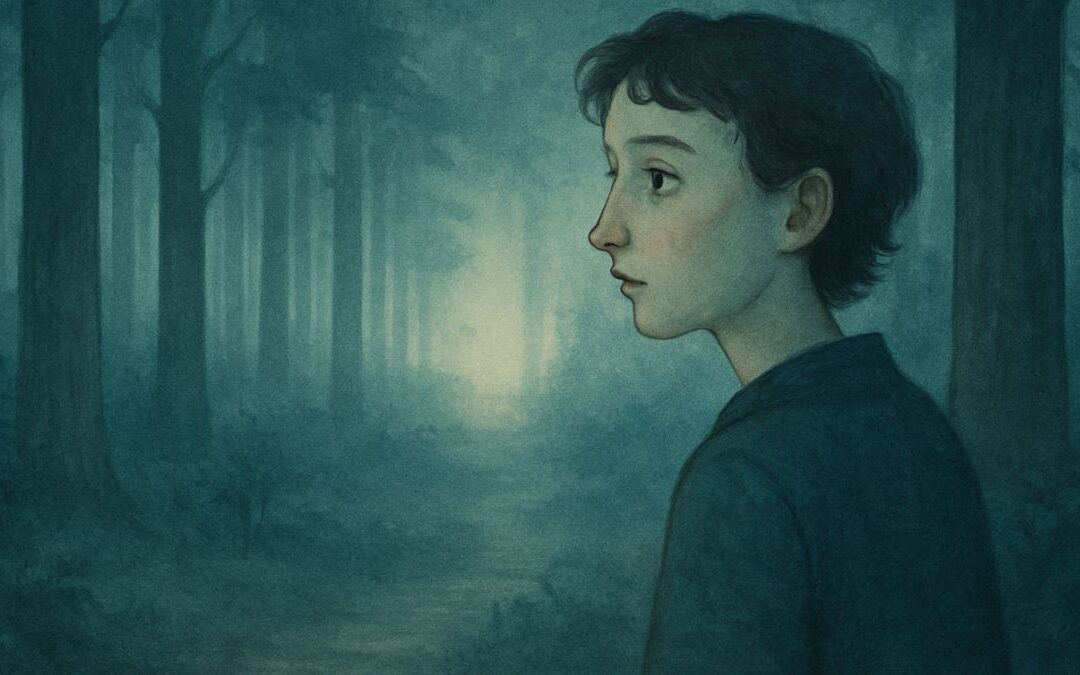
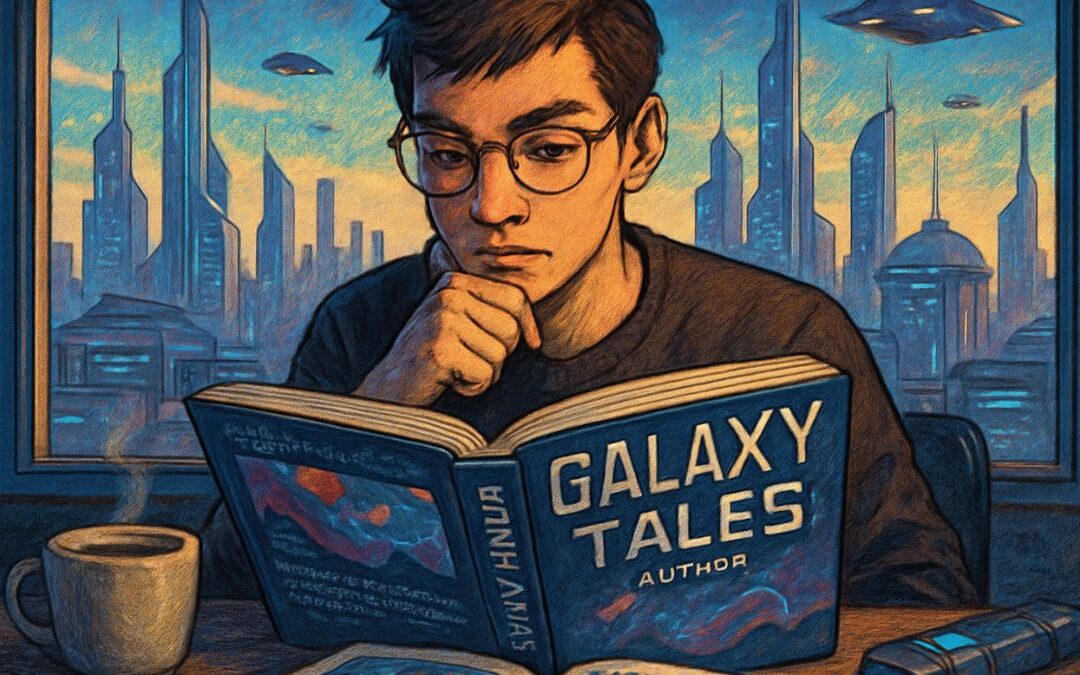
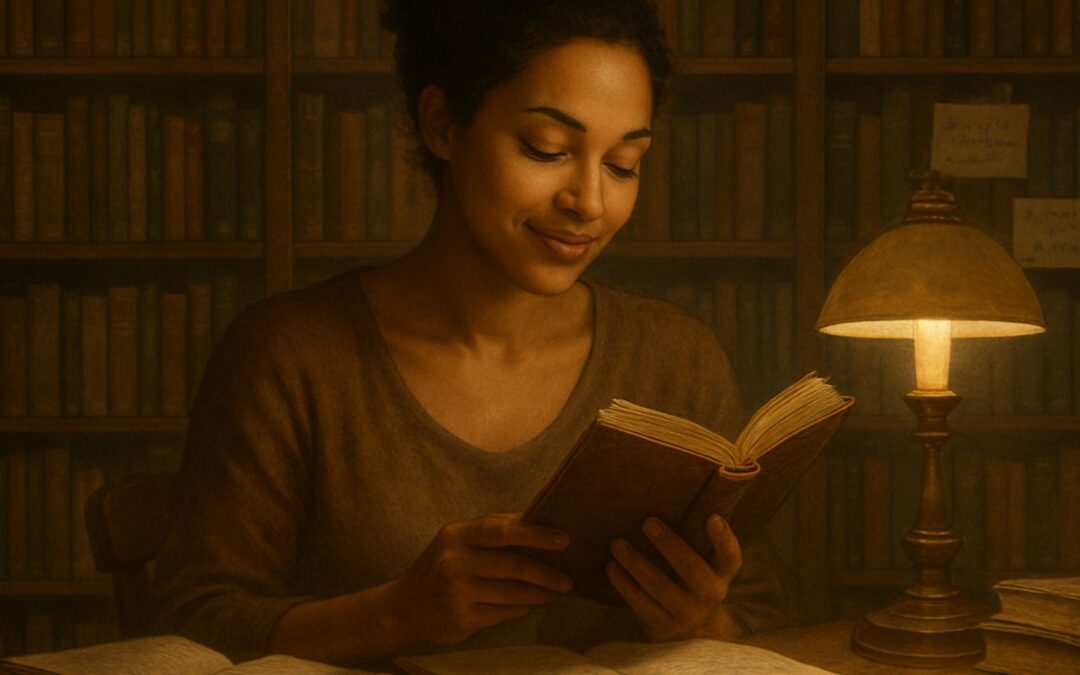
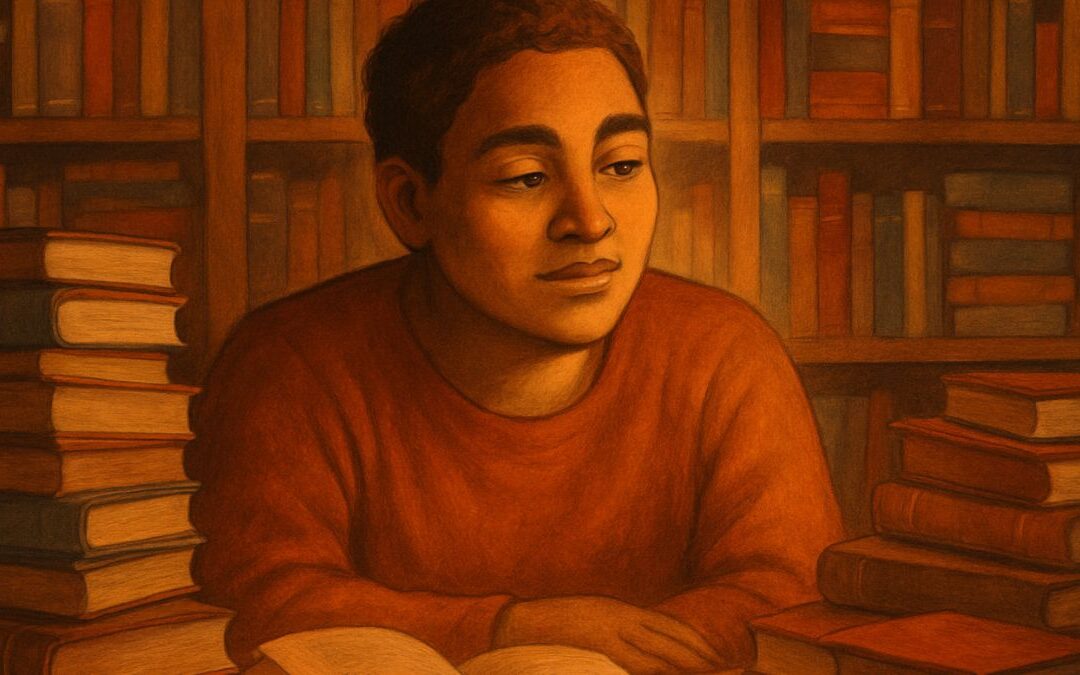
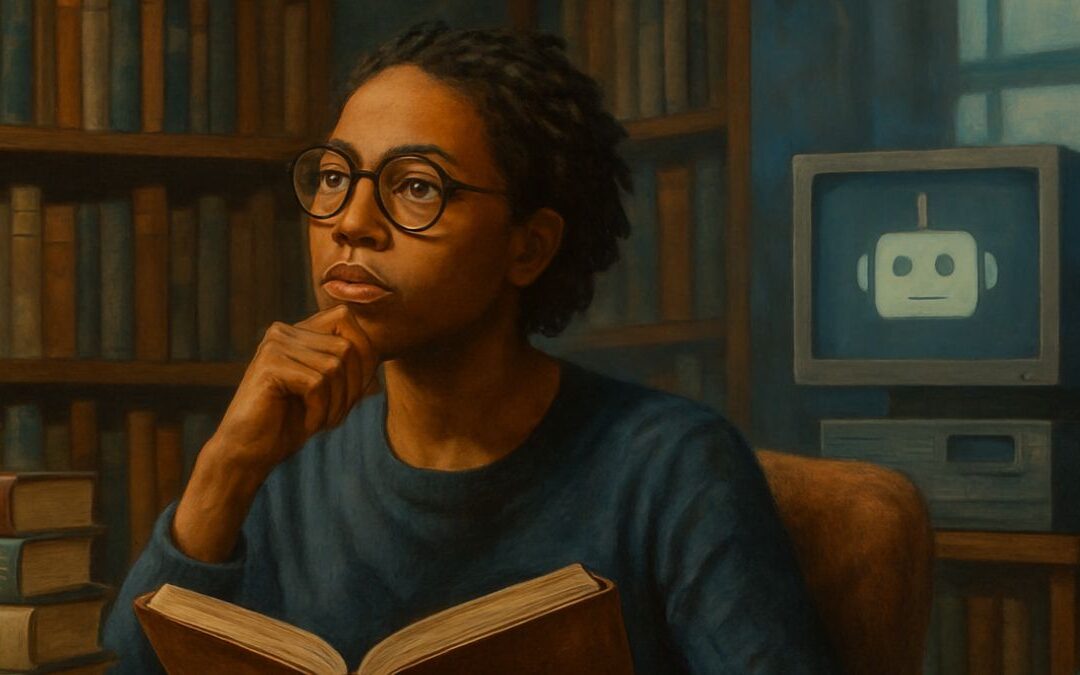
0 Comments